Moiré materials realized by controlling the twistbetween different atomic layers represent anemerging family of crystals with unique electronicproperties.
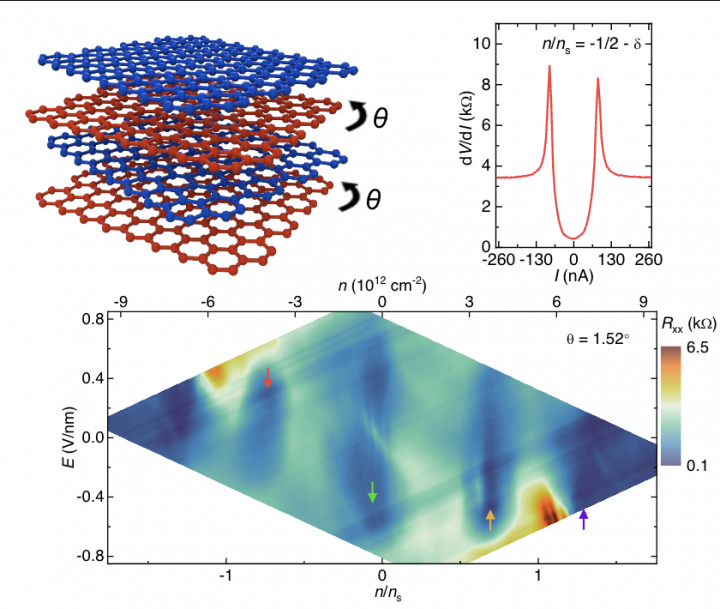
Moiré materials realized by controlling the twistbetween different atomic layers represent anemerging family of crystals with unique electronicproperties.
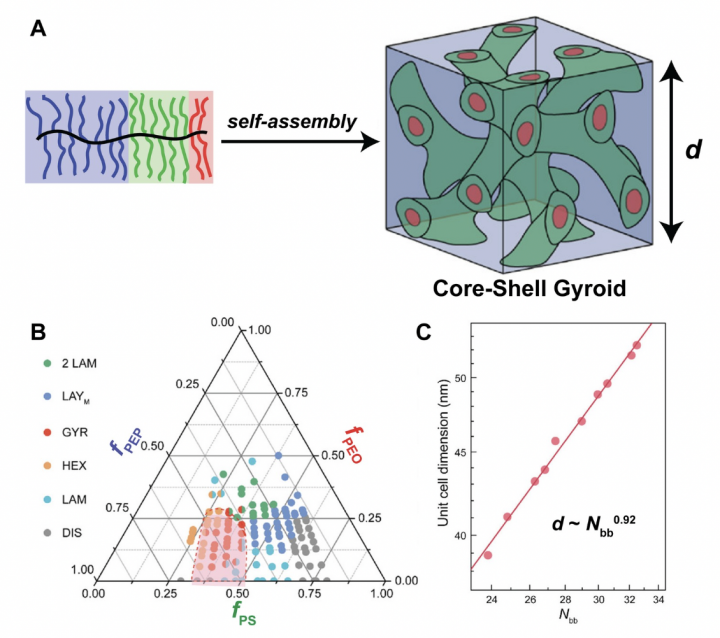
A principal obstacle to widespread applications of self-assembled network morphologies (NETs) of linear block polymers is access to only limited pore diameters and unit cell dimensions (typically <50 nm), originating from their coil configurations and slow self-assembly kinetics at high molar masses.
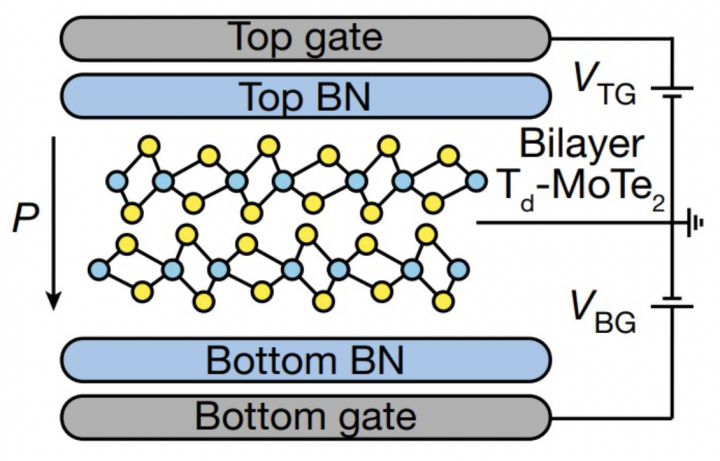
For the first time, a team comprised of two IRG-1 theorists (Birol and Fernandes) working with experimentalists from other institutions (including the Columbia MRSEC) showed the coexistence of ferroelectricity (i.e., electrostatically switchable macroscopic dipole moment) and superconductivity in a two-dimensional superconductor.
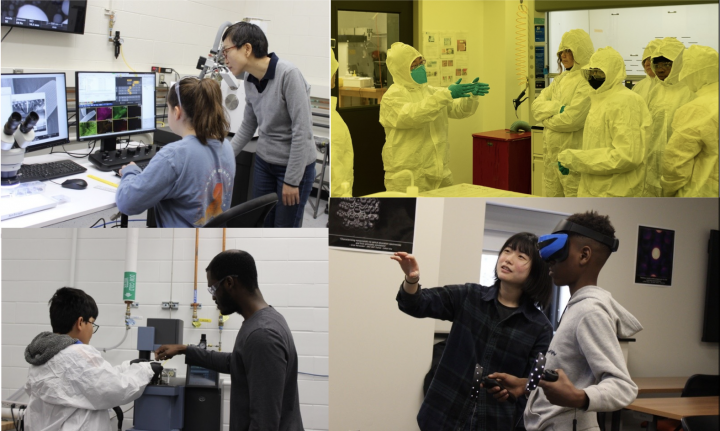
In February 2023, the I-MRSEC hosted over 40 middle schoolers and teachers from Franklin STEAM Academy, a Champaign public middle school, at Materials Research Lab for a day of hands-on activities and lab visits.
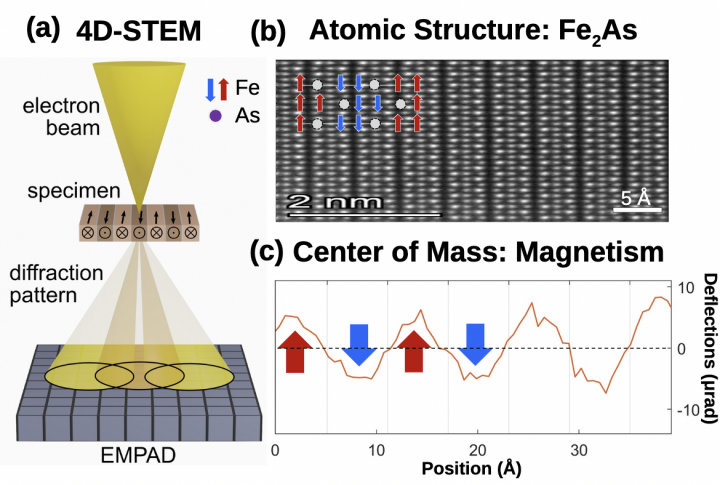
New electron microscopy technique developed at UIUC show that magnetic order in antiferromagnetic Fe2As can be resolved at angstrom resolution for the first time.
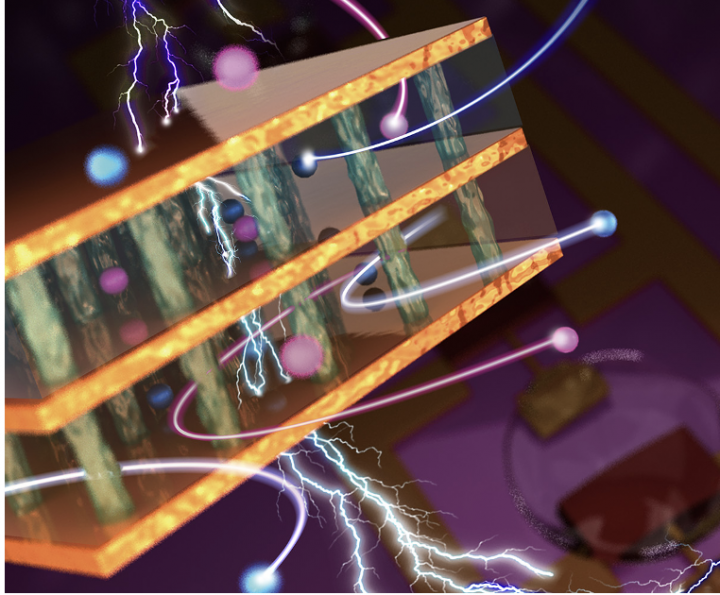
By employing redox-active and redox-inactive polymers in a mixed-dimensional heterostructure architecture, Northwestern University MRSEC IRG-1 has achieved vertical organic electrochemical transistors (vOECTs) for the first time.
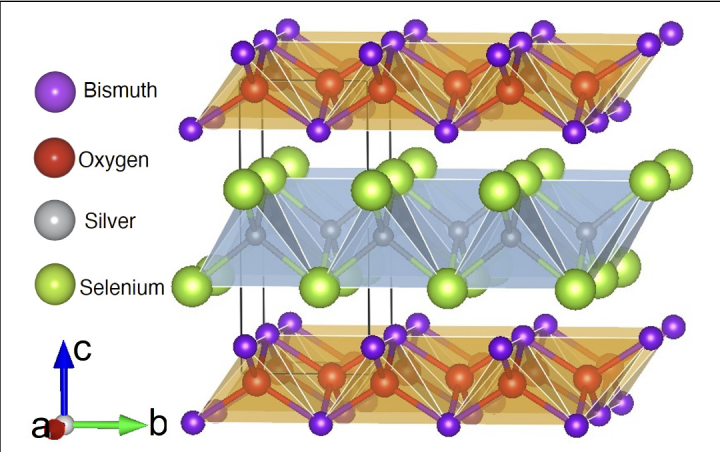
Northwestern University MRSEC IRG-2 has developed an efficient theoretical framework based on high-throughput density functional theory calculations and machine learning methods to accelerate the discovery of heteroanionic materials.
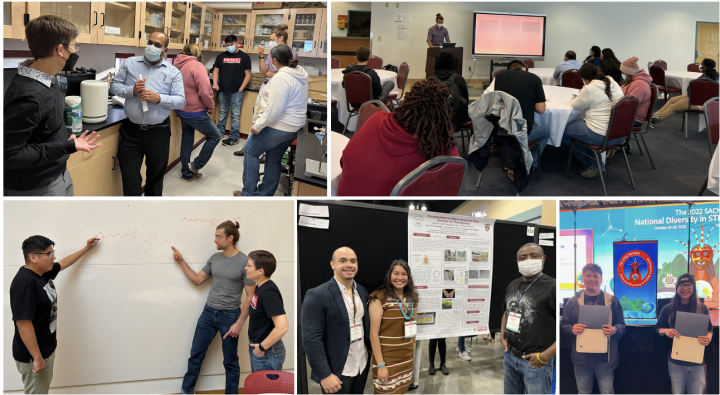
The Partnership for Research and Education in Materials between Navajo Technical University and the MRSEC based at Harvard focuses on developing culturally-informed, sustainable pathways into materials science-related careers and advanced studies for Navajo students.
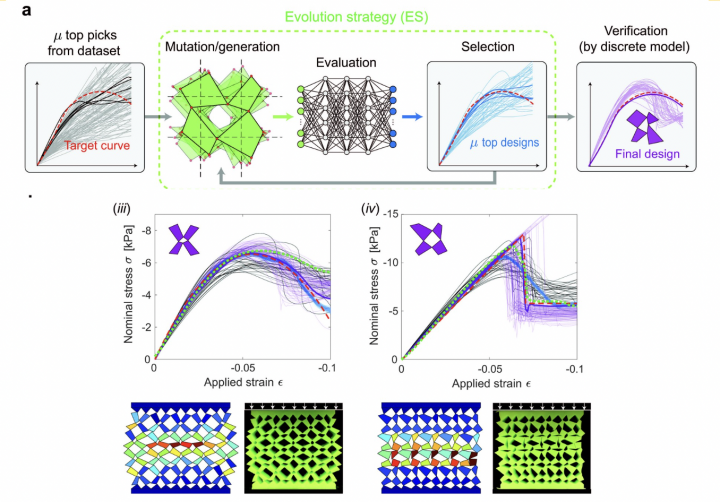
A team at the Harvard MRSEC led by Bertoldi and Rycroft has developed a framework to design mechanical metamaterials with target nonlinear response. Neural networks were used to accurately learn the relationship between the geometry and nonlinear mechanical response of these metamaterials.
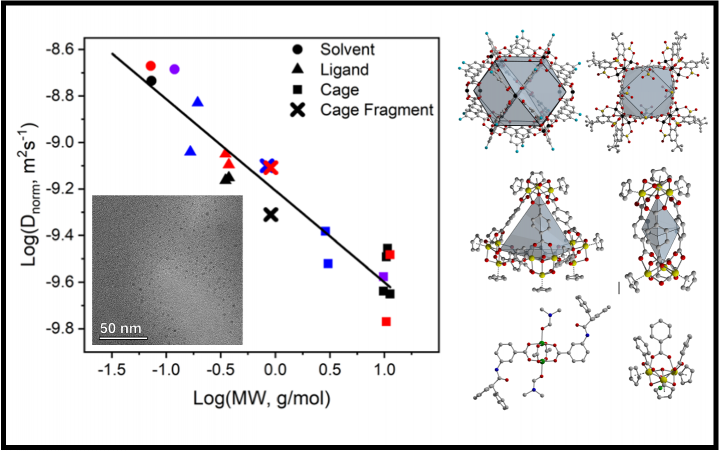
Here, diffusion of NMR spectroscopy, transmission electron microscopy, and cryogenic transmission electron spectroscopy were used to characterize porous cages in solution. A combination of the methods can be used to discriminate between assembled cages as opposed to decomposed or isomerized materials while dissolved in polar organic solvents, regardless of the metal cations used in their assembly.